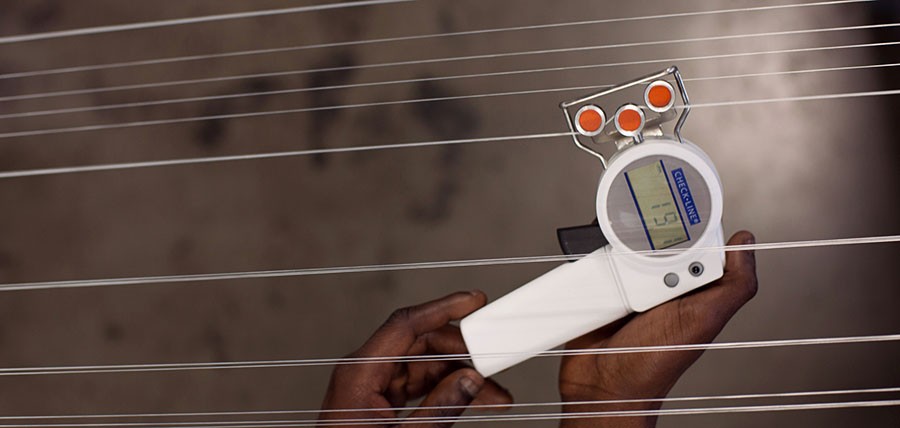
Want to reduce yarn and thread waste and minimize backwinds and reprocessing? We already discussed why creel design is important, and the importance of a solid frame. The next design step is evaluating and choosing the right tension control methods.
Here is a quick run down of some different options that are used in the industry:
Post or Disc Tensioner
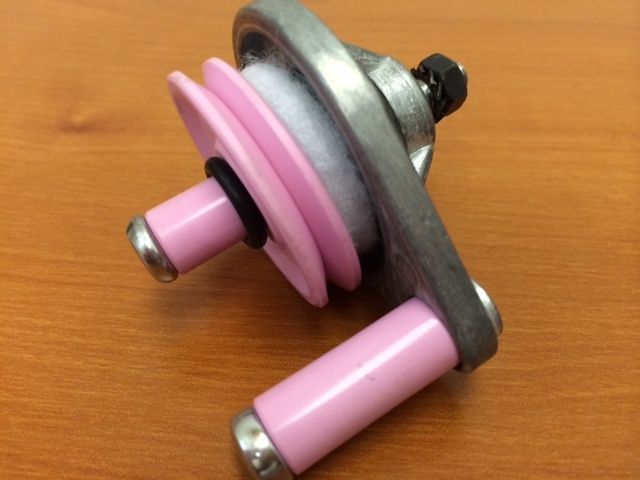
A simple post housing two plate discs with a with a weight or spring to add tension to the yarn running between the discs.
Advantage: Cost efficient.
Disadvantage: Pinch point can “milk” twist back causing some increased liveliness and potential for loop knotting or breaks for higher twist yarns and unconditioned yarns.
Gate Style
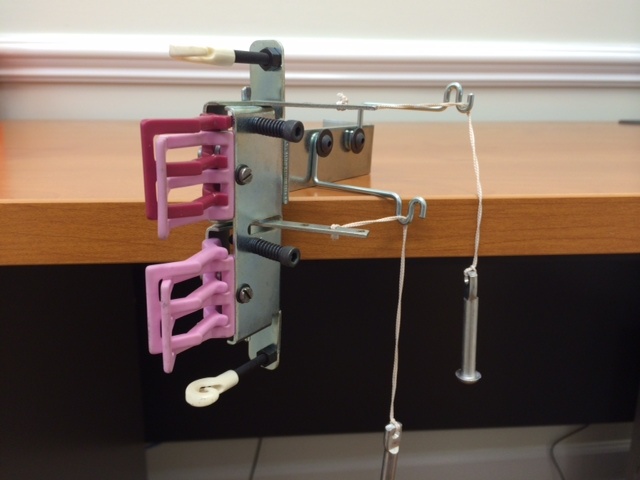
A left and right plate where one plate is stationary and the other is hinged much like a fence gate. Pressure is applied to the yarn by either a spring or weight pulling the hinged side into the stationary side.
Advantage: Delivers tension to a longer surface area, can be designed to reduce tension as spool or package increases in size.
Disadvantages: Higher cost than disc tensioner, requires more operator training and maintenance for reliable performance.
Ladder Back
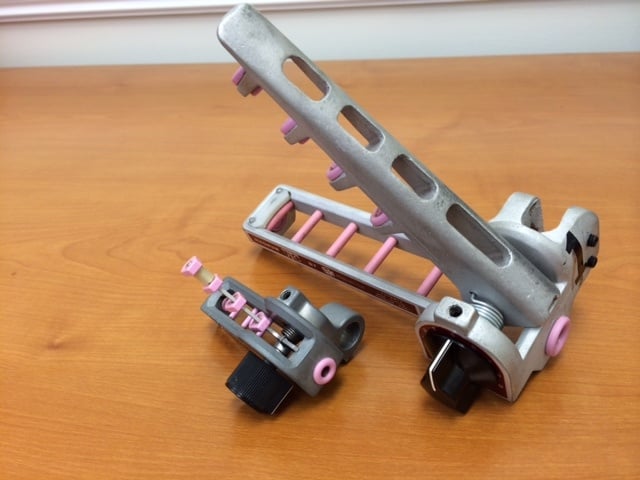
Ceramic guides are configured in a stacked sequence like the rungs of a ladder. Similar to the gate style one side is stationary while the other side pivots on an adjustable spring loaded pin. The guides are passed in between each other creating tension on the yarn that can be dialed in and locked down for constant tension.
Advantages: Great for constant tension applications and fine control of tension. Available in difference sizes and tension ranges for medium to large yarn counts. Can be mounted in any orientation. Simple design.
Disadvantages: Requires threader or leno hook for loading by machine operator. More expensive than disc tensioner.
Capsule, Bullet or Ball
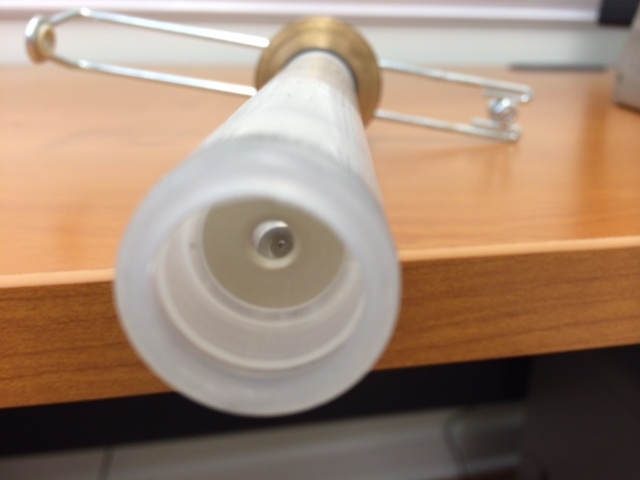
Yarn passes by this spring or weight loaded device which is contained in a housing. The device is nested in a ceramic guide. Passing between the two will deliver a constant pressure on the yarn.
Advantage: Quick changes possible to accommodate various size yarns.
Disadvantage: Best for vertical orientation and requires more space than other options.
Dial or Turret Device
Two posts can be turned in a 360 degree motion to cause drag on the yarn as it passes through an S configuration.
Advantage: No changing of springs or weight. Simply rotate to apply tension.
Disadvantage: Limited option for fine tension control.
There are several other electronic devices that can precisely monitor and control tension to your process. These electronic tensioners are usually ten to 20 times the cost of the mechanical devices, and are best used for specialty applications.
Choosing the correct tension device is all about knowing what’s best for your yarn. Processing speeds, number of ends running, travel distance, desired tension range other factors must be considered to make the best choice for your application.
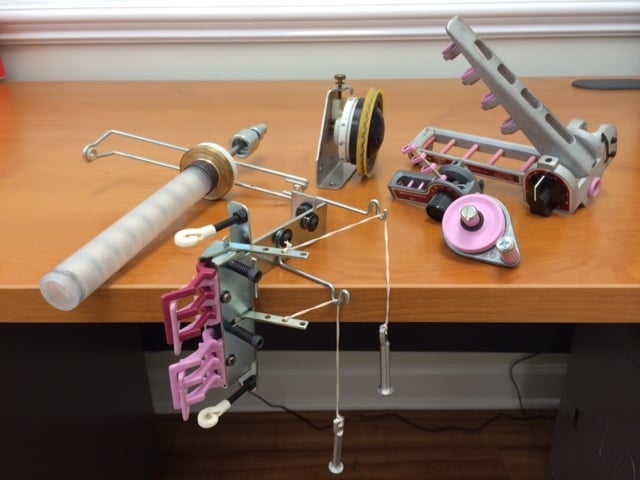
Download our guide below for helpful tips on best practices and the latest processing tools available to help control yarn tension and other variables that can affect the application of binders, ripcord and strength member into your manufacturing process.



